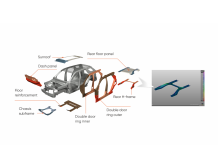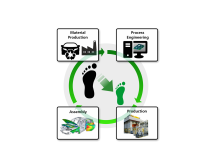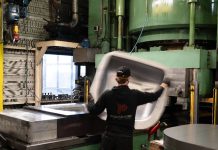Why Smart Production Needs to Begin With Engineering Opportunities for Process Engineers
The automotive industry is currently focusing heavily on digitalization and automation technologies to achieve consistent production quality improvements. This effort is in pursuit of the ultimate goal of creating an autonomous production environment – using “smart factory” concepts. Sensing technologies, AI, data integration, process automation, and IIoT (Industrial Internet of Things) technologies are all components that may be employed to build a smart factory.
Along with improving initial quality and eliminating all process sensitivities regarding process variability, the challenge is to stabilize mass production and sustain 100% product quality throughout production. However, a first indicator to gauge the maturity of smart production technology is not only the continuous production operation itself, but particularly how efficient and well-supported production ramp-ups are.
Some of you may be wondering how your job in process engineering — or elsewhere along the process chain — could be impacted by smart factory concepts in the future, and on what timeline. You may also be feeling uneasy about the seemingly complicated concepts that have been so heavily promoted of late; perhaps you’re worried about losing your technological edge, employment value, or authority within your organization. Maybe you don’t even want to know about the trajectory of smart factory implementation, as it could potentially spell job insecurity for you.
To address these concerns head on, we need to investigate exactly what smart factory implementation means for the entire production planning and engineering process leading up to a smart production operation — in the context of the sheet metal stamping process chain.
Smart Factory (Press Line)
In the stamping world, the smart factory (i.e. the smart press line) uses a digital process replica incorporating planning and engineering data as well as quality specifications (formulated by product development) to execute the production as designed. At the same time, production data is continuously collected and analyzed to make predictions for future occurrences in production. In this way, an IIoT system supports smart production. And of course, analysis and prediction results need to be correlated with engineering intent to provide the engineering and planning departments with feedback for future process improvements. For that purpose, process engineers and their managers play a critical role in the company-wide implementation of smart production.
During the cost and process planning phase, material utilization and ordering, operating, and quality assurance measures are all defined and specified. The production control system, on the other hand, must monitor process quality and immediately detect deviations from the defined process to ensure optimal compliance with the plan intent. During the analysis stage, statistical methods and machine learning systems based on big data are used to gauge the achievement of KPIs and performance goals, and to conduct correlation and root cause analyses. This analysis data is then used to predict production quality and preventative maintenance. These prediction capabilities depend on the quality and availability of the digital executable models and the structure of the artificial intelligence system.
Smart Engineering as a Prerequisite for the Smart Factory
The stamping engineering department plays an important role in preparing and enabling smart factory operations. The digital engineering process is initiated by creating cost and process plans based on car project and quality specification goals. Process engineering then further develops aspects of production control and quality monitoring of production and deviation control. Robustness engineering analyses need to be performed using statistical methods to quantify process uncertainties and to provide reference data for quality and maintenance predictions by applying the physics-driven simulation model. All of this can only be achieved using an integrated software platform fully covering the engineering process chain to ensure the consistency of the engineering data that will inform and activate IIoT systems for real production.
You may still be asking yourself how engineers and managers will meaningfully support and realize the smart factory. The answer is simple: a truly smart factory requires and starts with smart engineering. As an entity, the smart factory is reliant on engineering data, models, and activities to successfully execute manufacturing.
With that said, to ensure zero-failure production and perfect manufacturing execution, the engineered model must be capable of correctly predicting future events using appropriate analytics and models – independent of the complexity inherent in the engineering and production processes and the challenges of data propagation and data exchanges. Only then can the model be adopted as the starting point for the smart factory. Before going any further, allow us to illustrate the potential benefits of establishing a smart factory on the basis of smart engineering.
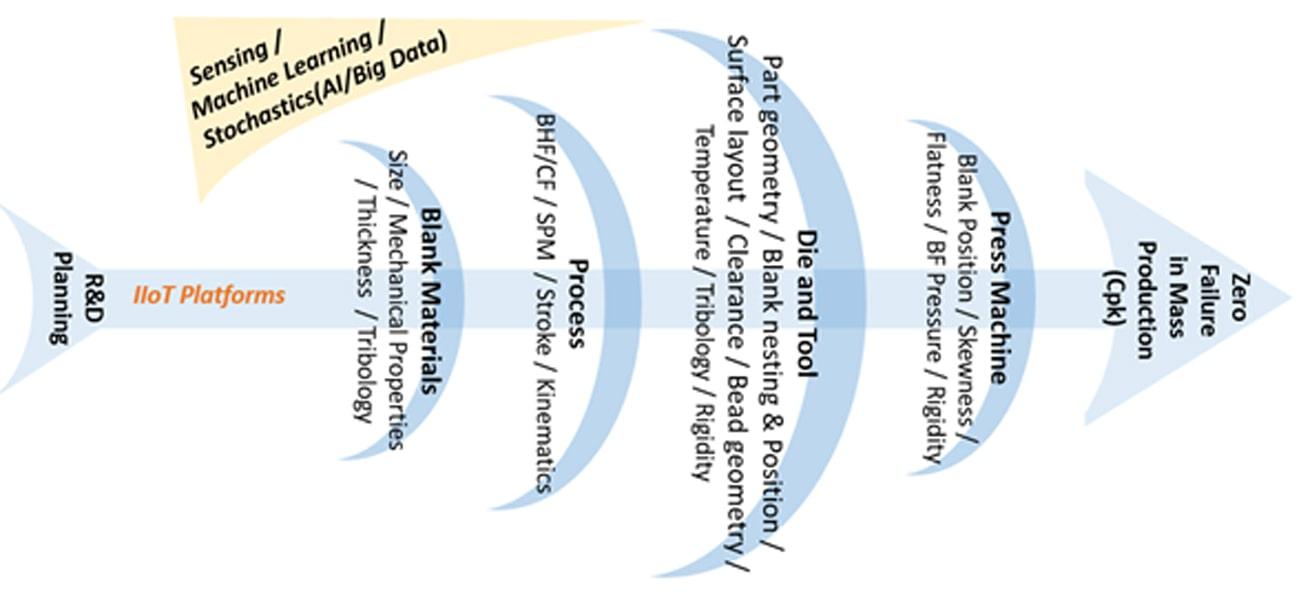
Fig 1. Control loop of a smart press line digitally supported by Information Communication Technology
When we focus on implementing a smart factory in the context of stamping processes, the IIoT technology serves as the digital data platform providing all connections and incorporating all available process data — including, of course, all engineering data as input. See the smart factory backbone diagram in Fig. 1.
Notably, the process diagram shown in Fig. 1 not only describes a smart engineering process, but also corresponds exactly to conventional engineering processes. The major difference between conventional and smart engineering is fully integrated computerization, including robustness modelling and connectedness through a digitalization process based on a systems software integration protocol. This digitalization is a requirement of smart engineering, represented as the backbone in Fig. 2.
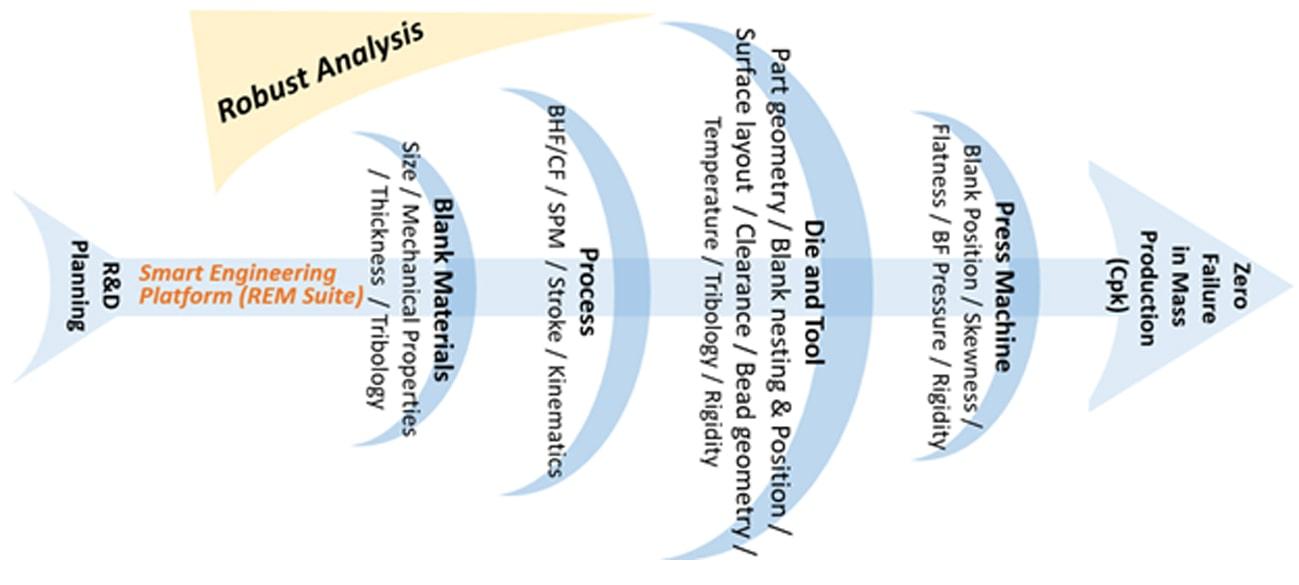
Fig 2. Precursor and replica of a smart press line: smart engineering using systems software technology
In this figure, we can see that smart engineering precipitates the smart factory by simply replacing the fin of the process backbone. The robust analysis conducted in process engineering simply replaces the sensing / machine learning / stochastic analysis of smart engineering, to generate the same form of production monitoring and analytics data based on the digital engineered process model.
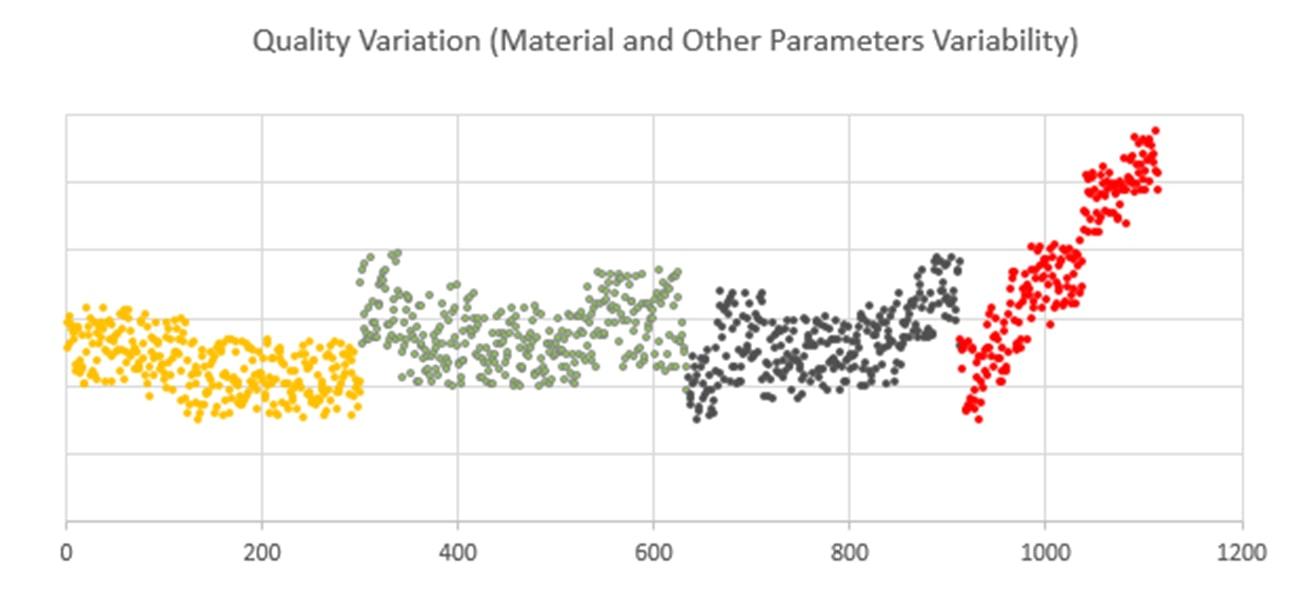
Fig 3. Sensing and monitoring for zero failure in mass production
Typical data taken from production monitoring systems are shown in Fig 3. Utilizing a smart engineering system, most production issues can already be predicted, identified, and quantified in the engineering stage. In smart engineering, robustness analysis based on defined parameter variation bandwidths will predict production issues and enable appropriate counter measures. This process is far more effective and efficient in the engineering phase than finding solutions during tool and die tryout or stamping production. For instance, blank positioning and mechanical properties, tool clearance variation sensitivity, blankholder/cushion force sensitivity, etc. can all be assessed and predicted using a robustness analysis of the tool design. In addition, the production execution system can directly apply these analysis results as the reference state to control production line adjustments.
The process model created in the fully-integrated digital (“smart”) engineering process can then be used to drive the smart factory control system — since the smart engineering process is simply a fully digitalized and integrated image of the real production process. Consequently, it informs and guides real-life production.
To conclude, it’s clear that process engineering contributes significantly to smart factory implementation by generating digitally engineered and quantified data, taking future uncertainties into account. This is not only technically feasible today. It is also the most cost-effective way to establish smart factory operations and zero-failure production concepts.



